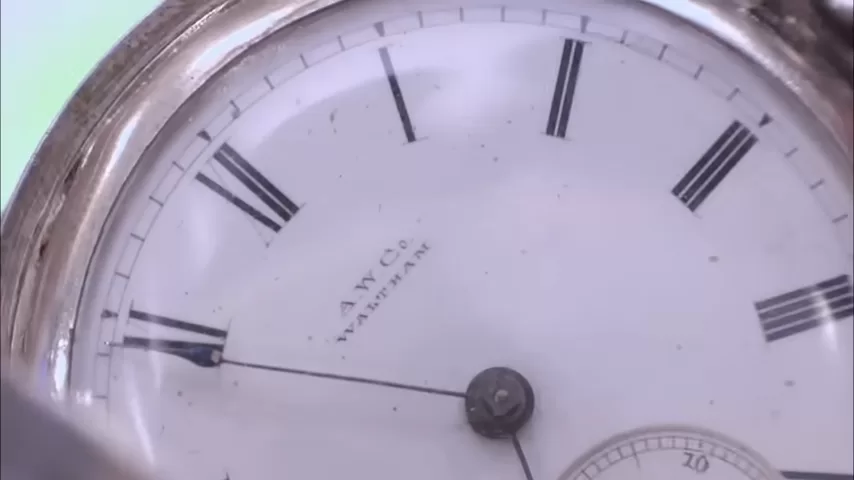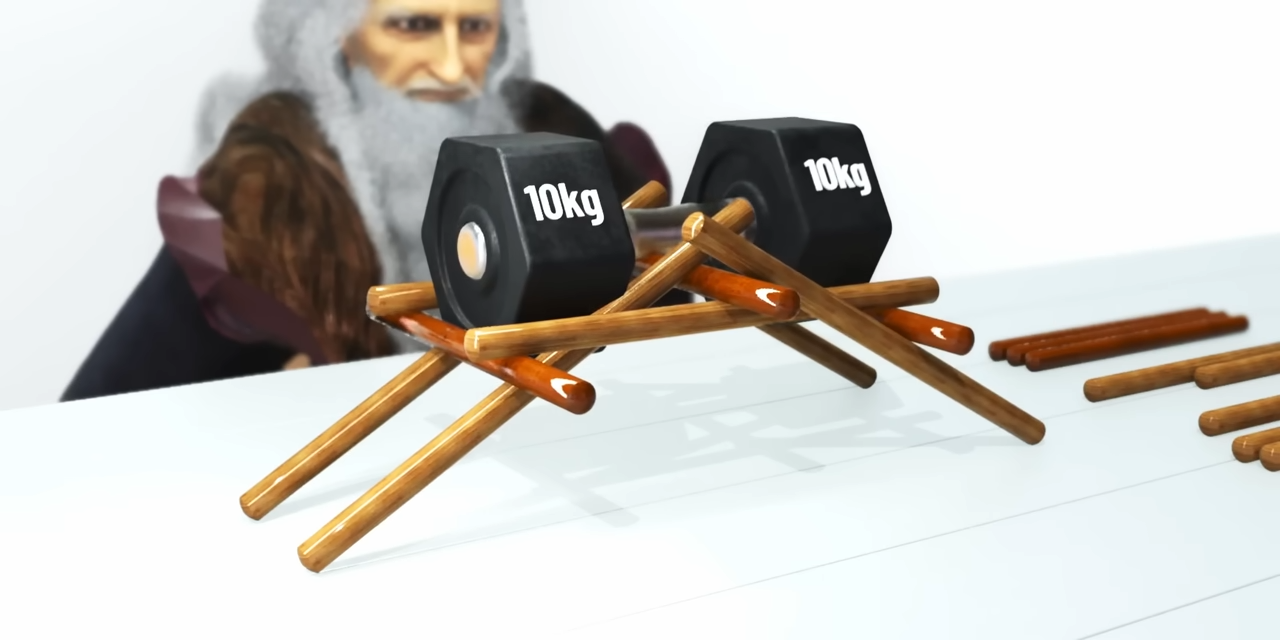Every once in a while, a simple object—rusted, aged, long forgotten—emerges from obscurity and reminds us just how personal history can be. That’s exactly what happened when a man walked into a pawn shop carrying an antique pocket watch he picked up at a garage sale for just $20.
It didn’t take long to realize this was no ordinary timepiece.
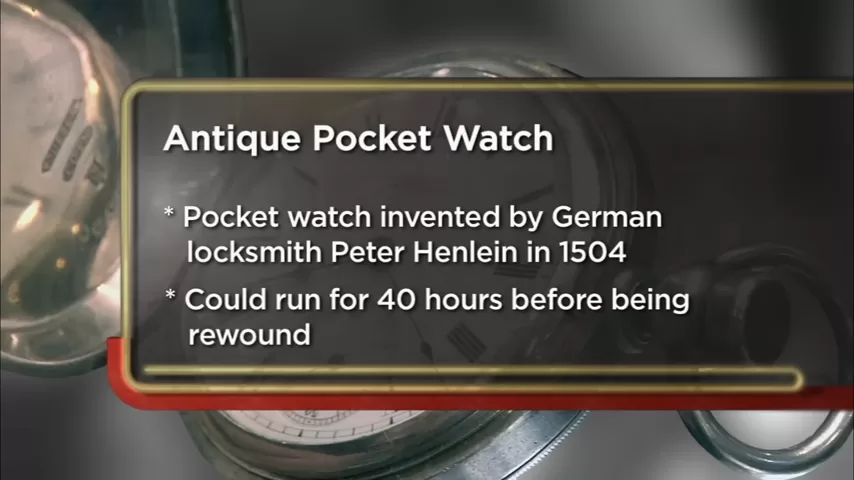
First Impressions: A Watch with War Stories
The watch itself was elegant but unassuming: a classic key-wind, key-set pocket watch, made by Wm. Ellery, an early American watchmaker that eventually became part of the Waltham Watch Company—a brand with Presidential pedigree. (Abraham Lincoln famously carried one.)
But the real intrigue wasn’t in the hands or the casing. It was what was engraved on the back that caught everyone’s attention:
“Earl Butler, hero, saved my life at Cross Keys — Robert M. Scott.”
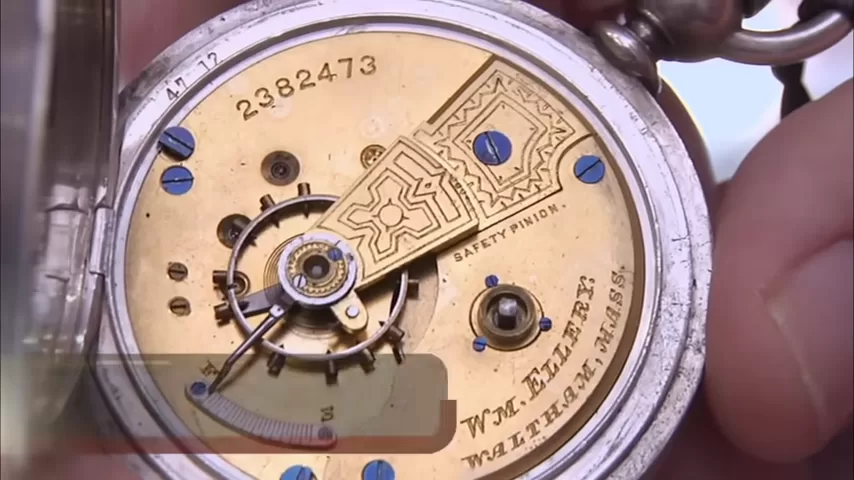
That single line shifted the piece from vintage timekeeper to potential Civil War artifact.
Cross Keys: A Battle Etched in Time
The Battle of Cross Keys, fought in June 1862, was part of Confederate General Stonewall Jackson’s Shenandoah Valley Campaign. While the Union had double the manpower, Jackson’s smaller Confederate force outmaneuvered and defeated them—a significant tactical victory in the early part of the war.
The engraving suggested that Earl Butler saved Robert M. Scott’s life during that very battle, and that this watch was given as a gift of gratitude in the years that followed. It was more than an heirloom—it was a story, frozen in silver and gears.
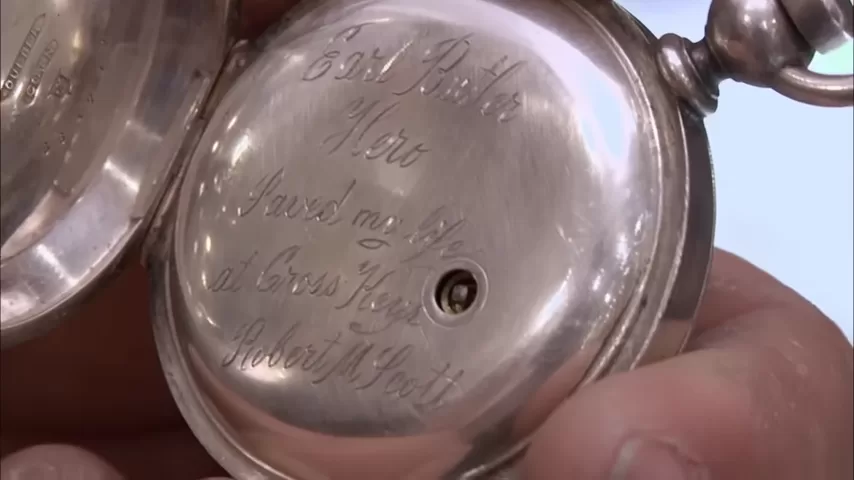
“This just increased the cool factor by 10 times,” the shop owner said. “One of the greatest gifts in the 19th century was a pocket watch—this meant everything.”
Is It Authentic? Calling in the Expert
To verify the watch’s story, the shop brought in a Civil War historian. His assessment was clear: while neither name could be tied definitively to a famous figure in the historical record, the battle, time period, and hand-engraving style all checked out.
“If you were going to fake a piece like this,” he said, “you’d pick a more famous battle like Gettysburg.”
Instead, Cross Keys gave the story credibility. The historian also noted that everything about the watch’s serial number, dial style, movement, and mechanics aligned with late 19th-century production—perfect for a post-war gift.
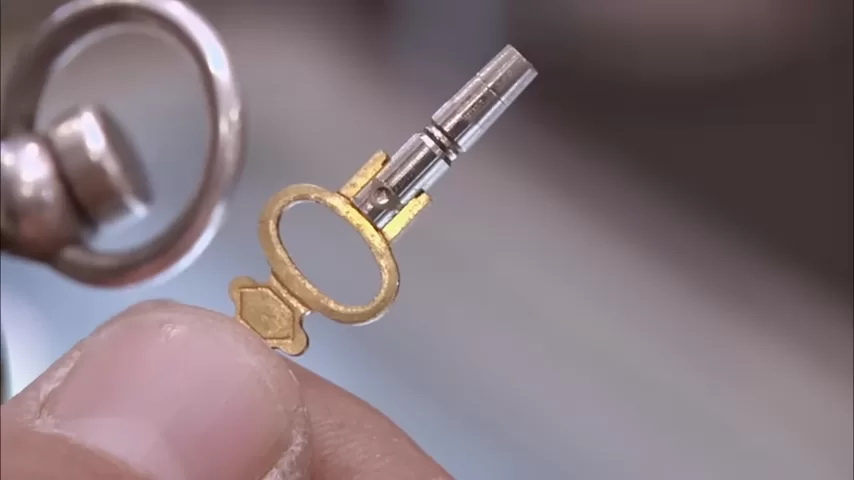
The verdict? Authentic. Sentimental. Rare.
Condition: Better Than Most
The watch wasn’t just historically interesting—it was in excellent shape:
- The porcelain dial was uncracked, which is rare for a watch this old.
- The case was clean, with no major dents or corrosion.
- Most importantly, it still worked—a small miracle for a timepiece that survived 150+ years.
Watches from this era, especially those with key-wind mechanisms, are cherished by collectors. But when you add in an authentic personal engraving tied to a named Civil War battle, the value climbs significantly.
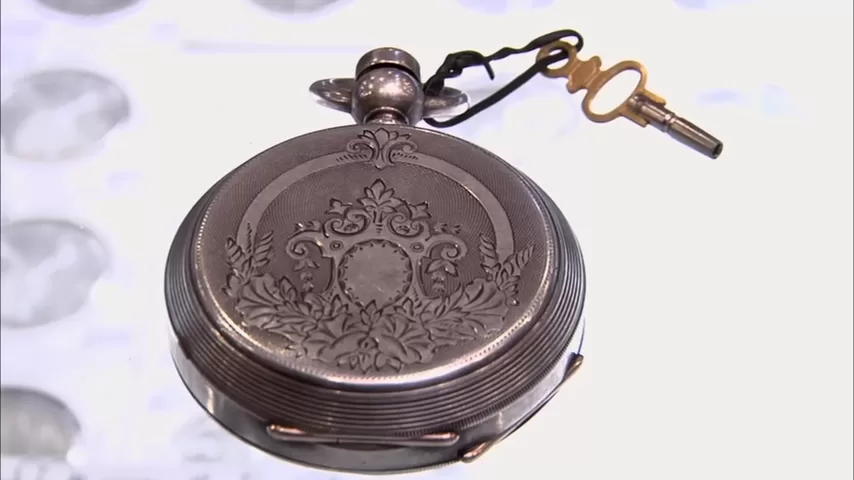
The Appraisal: Time = Money
Without the engraving, the watch might have fetched $400–$500. But with the story, condition, and provenance, the estimate climbed to $1,200–$1,500—possibly more to the right collector.
“There’s a huge market for Civil War memorabilia,” the shop owner noted. “And this piece? It has soul. It’s personal.”
The seller, originally happy with anything over $500, asked for $2,000—but quickly adjusted as negotiations began.
The final sale price? $1,300.
From $20 to $1,300: A Garage Sale Jackpot
“I bought it for $20,” the seller said. “And I’m walking out with $1,300. I’m ecstatic. I couldn’t be happier.”

It’s every antique hunter’s dream: stumble upon an old item at a yard sale, follow your gut, and discover it’s a valuable, authenticated piece of American history.
Why Collectors Love Civil War Watches
Civil War memorabilia has always drawn collectors. But pocket watches like this occupy a unique space—they combine:
- Mechanical beauty (classic craftsmanship)
- Historical context (military timeline, battle associations)
- Emotional narrative (gratitude, survival, memory)
These weren’t just tools to tell time. They were treasured heirlooms, often passed from father to son, carried into war, and used to mark key moments in life and death.
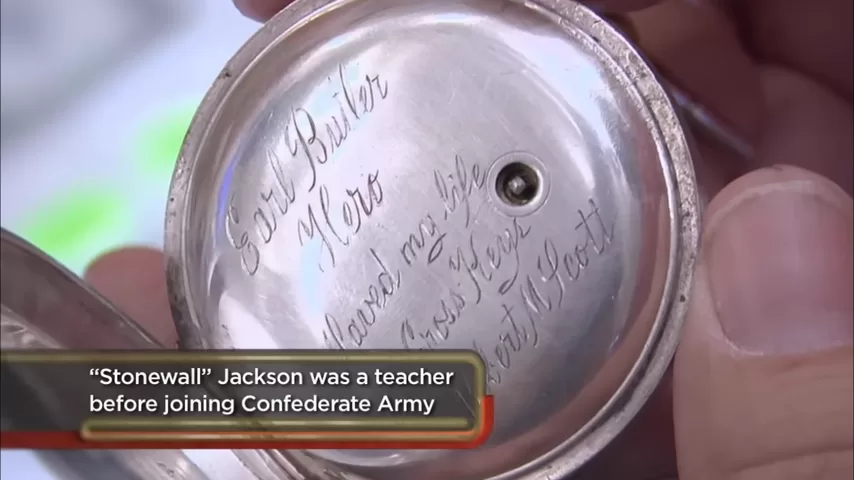
Final Thoughts: History on a Chain
A pocket watch tells more than time. Sometimes, it tells a story of bravery, loss, and human connection. This one carried a handwritten thank-you from a soldier who lived because someone else risked everything for him.
It’s easy to forget that artifacts don’t need to be gold-plated or museum-worthy to matter. Sometimes, it’s the quiet pieces—the personal gifts, the private inscriptions—that carry the loudest echoes of the past.
So next time you’re at a garage sale, antique store, or flea market, take a second look at that old watch. Because just maybe, it’s not just ticking—it’s telling a story.
